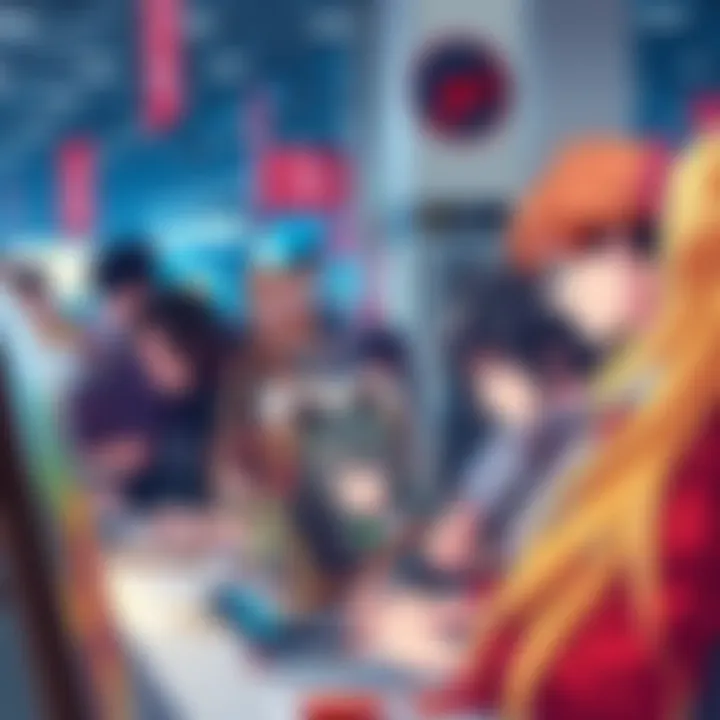Can an Anime Be Peak Without Fan Creations? | Examining Fandom Engagement
Edited By
Yuki Sato

Are Fan Creations the Measure of an Anime's Success?
A growing number of people are questioning the value of an anime based solely on its fanbase’s creative output. Discussions on social forums are sparking a heated debate, particularly following comments around the lack of fan art and memes for certain series.
Exploring the Fanbase Dynamics
Amidst ongoing debates, responses highlight intriguing aspects:
Diverse Perspectives on Creators: One commenter stated, "Proud to be part of the DBZ fanbase" while jabbing at their reading skills, showcasing a mix of pride and humor in their affiliation.
Gameplay and Character Accuracy: There's noticeable concern over character representation. A user fervently noted that, "Isn’t Vegeta 5'4”?" emphasizing inconsistencies in how characters are depicted in fan art versus their original portrayals.
Cultural Dialects: An interesting observation was made regarding language and culture. A remark was made about the use of the Ryanggang dialect in the context of fan expressions, opening up a discussion about language's role in fandom.
The sentiment across comments tends to be a blend of pride and skepticism. Many seem eager to see more engagement in image-making, while others critique character dimensions humorously.
"He’s short even by East Asian standards" - A commenter on Vegeta's height, indicating awareness of cultural context.
Noteworthy Points from the Discussion
📊 Statistical Shifts: Comments reveal a spectrum of fandom involvement, assessing heights, dialects, and cultural representation.
🗣️ Conversations Around Sensitivity: Some suggest that people are overly sensitive about how we engage in niche culture, impacting momentum in discussions.
📏 Physical Representation Issues: The dialogue on character dimensions, especially with Vegeta, reveals a sense of frustration over misleading portrayals.
The Bigger Picture: What Does This Mean for Anime and Fandom?
As the discussion evolves, it's clear that the measure of an anime's peak status may not solely rely on its narrative or animation quality, but also on how its fanbase expresses itself through art and dialogue. With a growing call for more creative outputs, will we see a resurgence in engagement and creativity, or will these conversations remain a niche topic? The year ahead may shift the dynamics in anime fandoms and their expressions.
Final Thoughts
Fandoms thrive on engagement. As we head further into 2025, it’ll be interesting to see if pressures from within begin to spur a new wave of creativity among fans. Will we witness an explosion of fan art and memes for series currently lacking these visuals, or will the debate continue without tangible outcomes?
Anticipating the Surge of Creativity
As fans engage with anime in 2025, there’s a strong chance we’ll see an upswing in creative outputs, especially fan art and memes. With growing dissatisfaction over the current lack of these contributions, fans may feel inspired to step up their game. Experts estimate around 60% of fans might begin producing content as discussions around representation and character accuracy gain traction. This could lead to a vibrant online culture where artistic expression thrives. Events like fan art contests could emerge, drawing even more people into the fold and stimulating a collective creativity that not only enhances individual series but also enriches the anime community as a whole.
Echoes from the Gaming World
Looking back, the early days of online gaming in the late 1990s show a striking parallel. Players began creating mods and user-generated content for games, leading to a passionate community that bolstered the success of franchises. For instance, the popularity of mods like Counter-Strike transformed a basic game into a cultural phenomenon. This scenario mirrors today’s anime landscape, where the same potential exists for fans to elevate series through their creations. Just as those early gamers helped shape modern gaming, anime fans may soon follow suit, signaling a shift in how fandom and content creation are interconnected.
